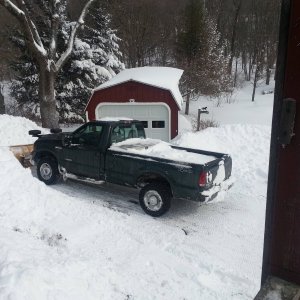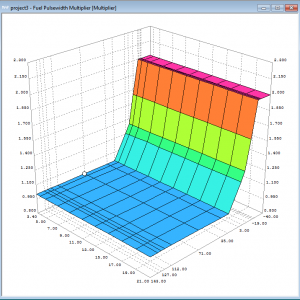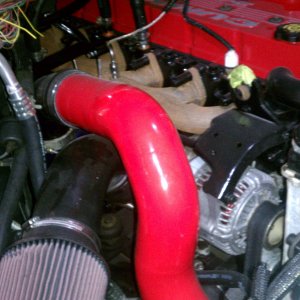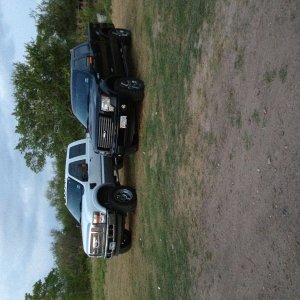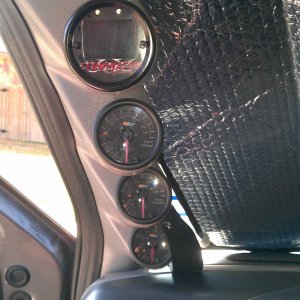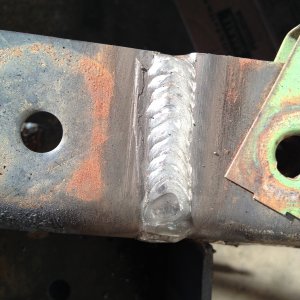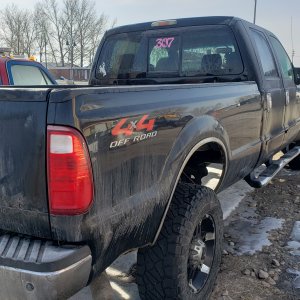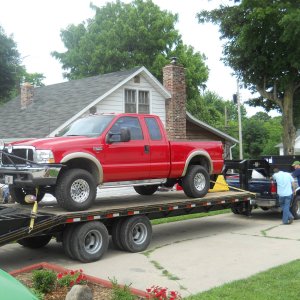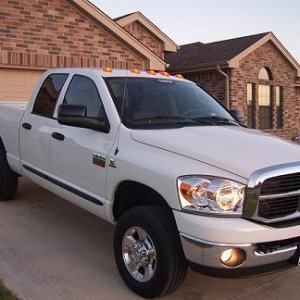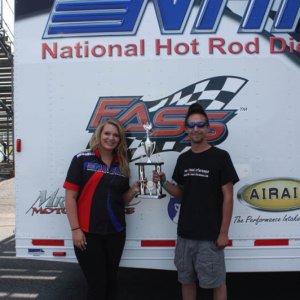Good. Yes I saw the video. Honestly it was almost like a malf T-stat. Like it sticks closed and it reaches a certain temp and finally it opens and wide open at that. You can really envision it looking at the way that Temp gauge literally plummets. It was as if it suddenly got a huge influx of cool coolant that flooded into the engine. The fan kicking on even at powerful as ours are would never cause a drop that size that fast. But figure both happening about the same temp and its a double whammy.
Honestly I just do not want to see people making changes that may not be needed and do not actually address the real issue.
When you really dig into these issues, unless it has something to do with someone filling a block, most of this can all be traced back to Ford making cost saving/profit increasing changes to the design of the manufacture. In this case my bet is much of it could be traced back to the water pump change. With that you got a pump with weaker seals and bearings, plumbing that makes various servicing a PITA, more failed pumps, possibly clogging of the oil cooler (coolant passages), confusion over t-stat compatibility that could possibly lead to cooking a cylinder or cracking a head.
Considering your issue CT Deezul I will be interested to see if the cap seal fixed has an issue. I never thought to consider that. For me it looked like a malfunctioning ( stuck) t-stat. Be sure to report back. Was your fan roaring once it got up to 210-220? It should have been sounding like a jet turbine at those temps. Then again if the fluid is not pumping thru the system correctly I tend to wonder what they would do to the temp the clutch is seeing. It all is some interconnected you sort of have to go thru things in steps starting with the most basic and moving on from there based on results. I know common sense but you would be surprised LOL
I was happy to finally, last year or was it two now, convert my 7.3 over to the IH water pump. Got a huge line of choices of in stock t-stats 184°F -230°F. I run the stock IH recommended 203°F The heater connection on the pump is directly in front of HPOP bolt /inspection cover plate. It has a built in bypass filter setup with cut off for filter changes. The pump has many other outlet ports with plugs included for all of them that can be used for turbo cooling setups or different coolant flow routing etc.

